e4q8
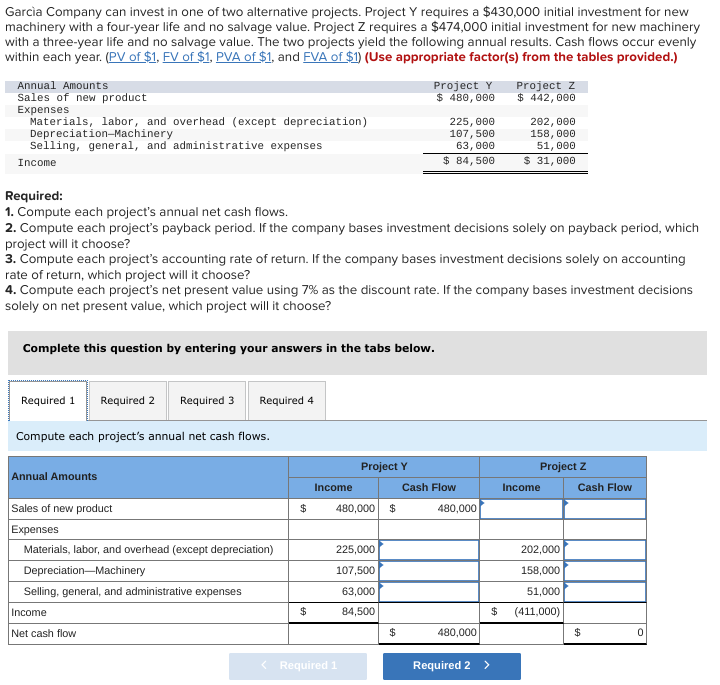

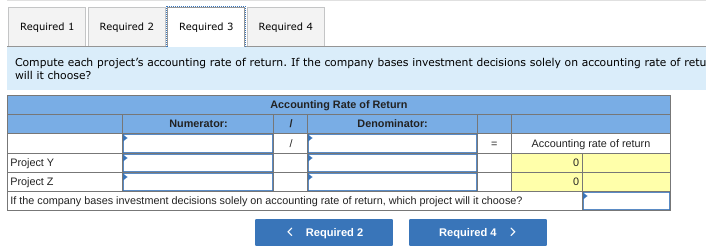
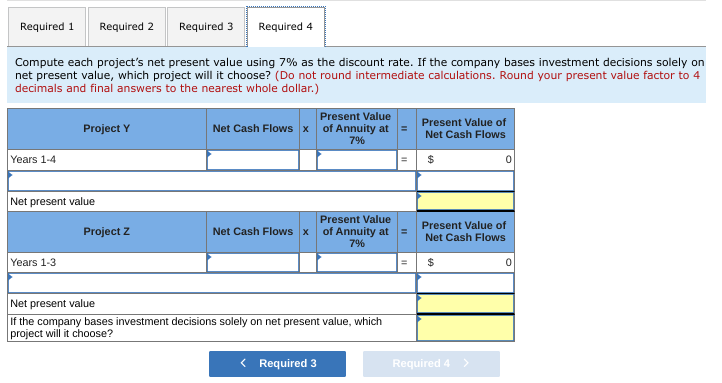
PV of $1 Table
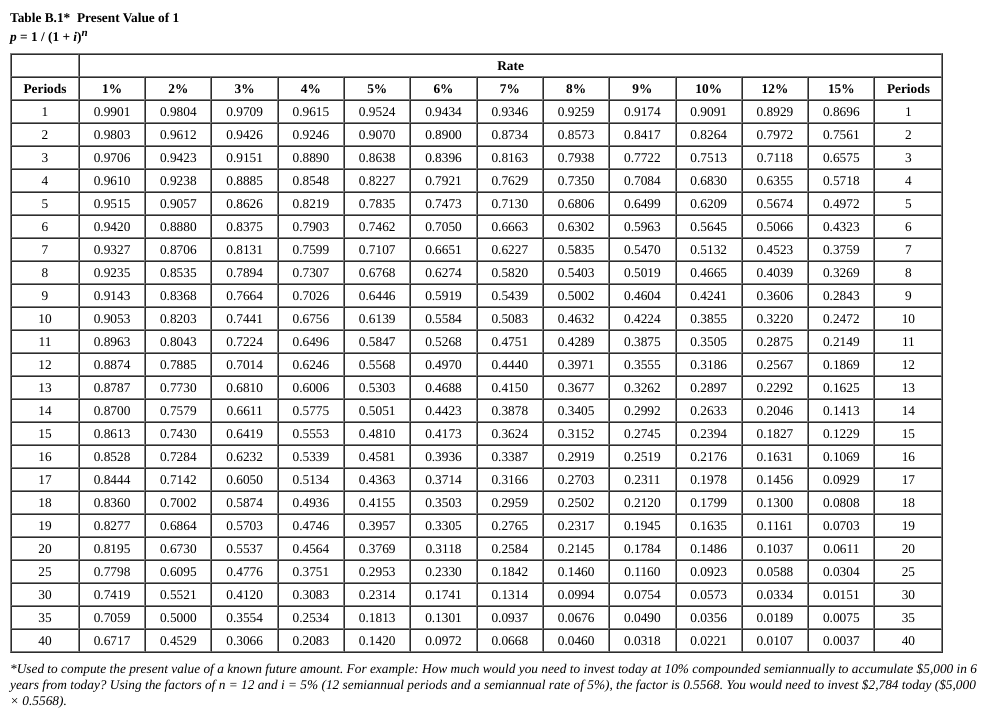
FV of $1 Table
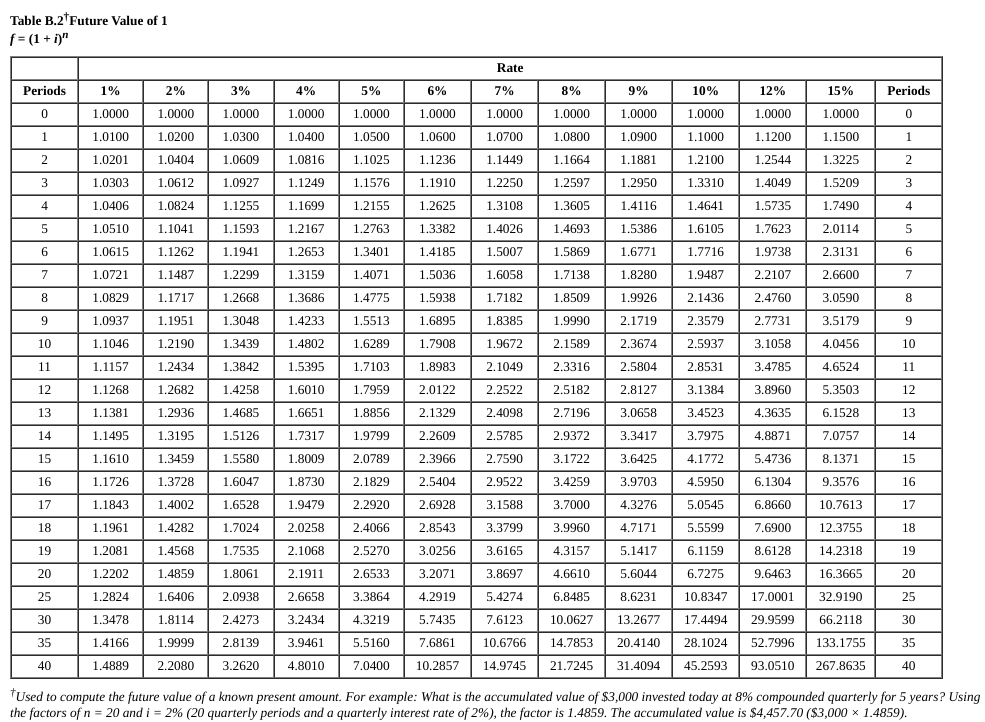 PVA of $1 Table
PVA of $1 Table
 FVA of $1 Table
FVA of $1 Table
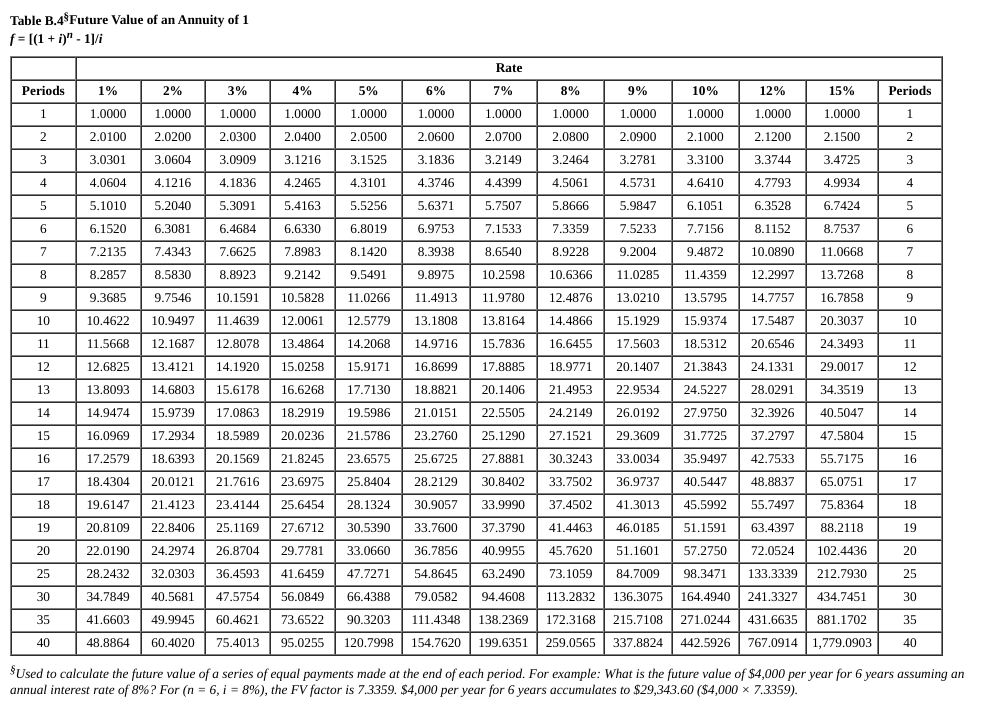
Garcia Company can invest in one of two alternative projects. Project Y requires a $430,000 initial investment for new machinery with a four-year life and no salvage value. Project Z requires a $474,000 initial investment for new machinery with a three-year life and no salvage value. The two projects yield the following annual results. Cash flows occur evenly within each year. (PV of $1, FV of $1, PVA of $1, and FVA of $1 ) (Use appropriate factor(s) from the tables provided.) Required: 1. Compute each project's annual net cash flows. 2. Compute each project's payback period. If the company bases investment decisions solely on payback period, which project will it choose? 3. Compute each project's accounting rate of return. If the company bases investment decisions solely on accounting rate of return, which project will it choose? 4. Compute each project's net present value using 7% as the discount rate. If the company bases investment decisions solely on net present value, which project will it choose? Complete this question by entering your answers in the tabs below. Compute each project's annual net cash flows. \begin{tabular}{|l|c|c|c|} \hline Required 1 & Required 2 & Required 3 & Required 4 \\ \hline \end{tabular} Compute each project's payback period. If the company bases investment decisions solely on payback period, which project wi Compute each project's accounting rate of return. If the company bases investment decisions solely on accounting rate of will it choose? Compute each project's net present value using 7% as the discount rate. If the company bases investment decisions solely on net present value, which project will it choose? (Do not round intermediate calculations. Round your present value factor to 4 decimals and final answers to the nearest whole dollar.) Table B.1* Present Value of 1 p=1/(1+i)n years from today? Using the factors of n=12 and i=5% (12 semiannual periods and a semiannual rate of 5\%), the factor is 0.5568 . You would need to invest $2,784 today ( $5,000 0.5568 ). Table B. 2 Future Value of 1 f=(1+i)n the factors of n=20 and i=2%(20 quarterly periods and a quarterly interest rate of 2%), the factor is 1.4859. The accumulated value is $4,457.70 ( $3,0001.4859). Table B. 3 Present Value of an Annuity of 1 p=[11/(1+i)n]/i annual interest rate of 9% ? For ( n=10,i=9% ), the PV factor is 6.4177. $2,000 per year for 10 years is the equivalent of $12,835 today ( $2,0006.4177 ). Table B. 4 Future Value of an Annuity of 1 f=[(1+i)n1]/i annual interest rate of 8% ? For (n=6,i=8%), the FV factor is 7.3359.$4,000 per year for 6 years accumulates to $29,343.60 ( $4,0007.3359)





 PVA of $1 Table
PVA of $1 Table FVA of $1 Table
FVA of $1 Table






